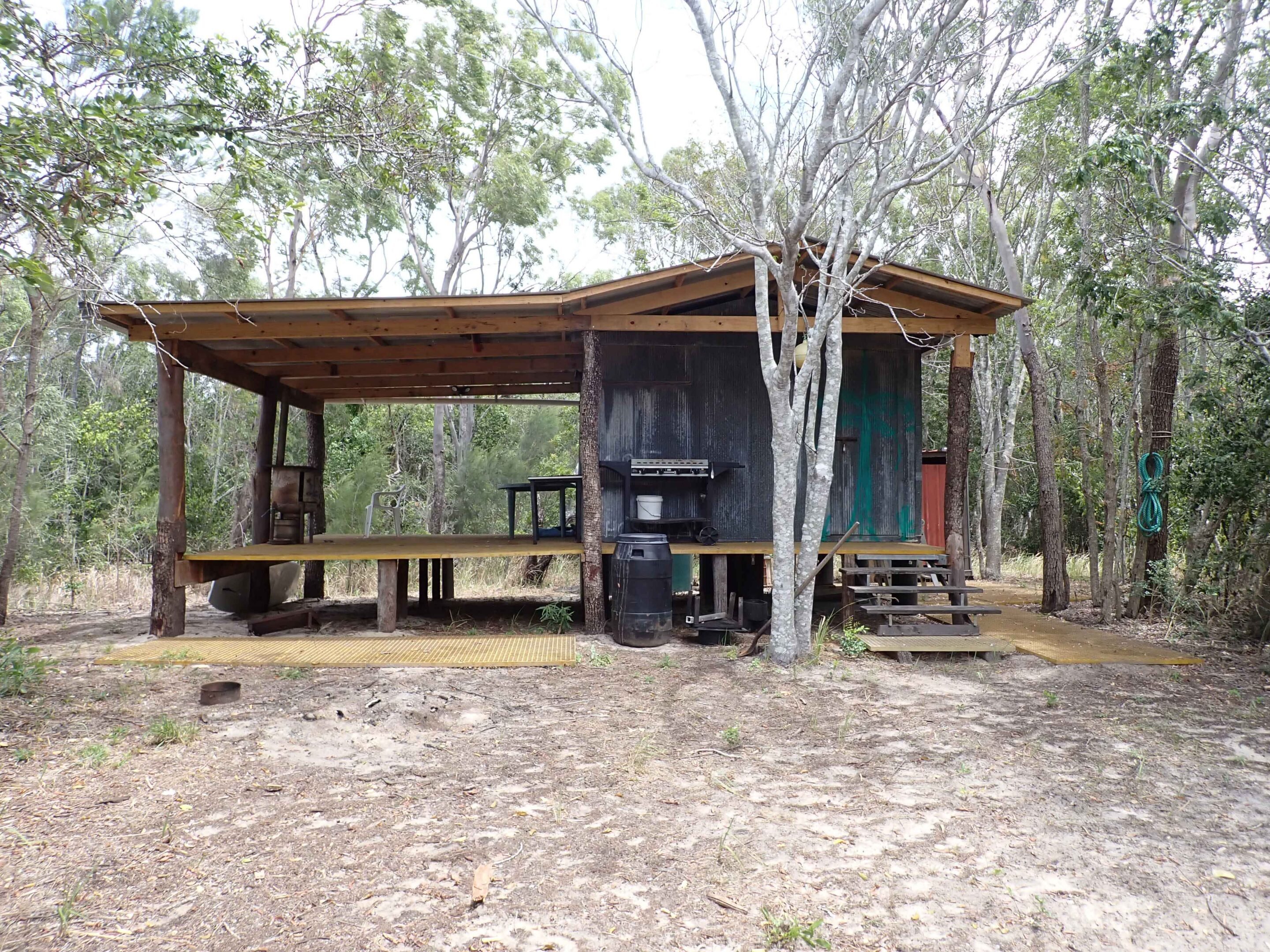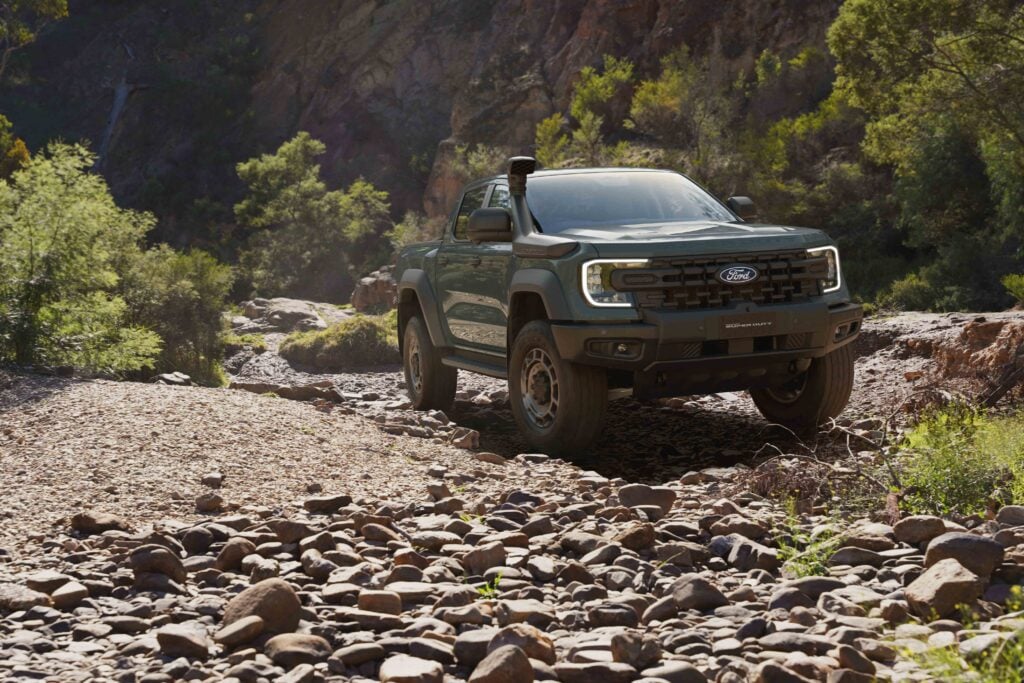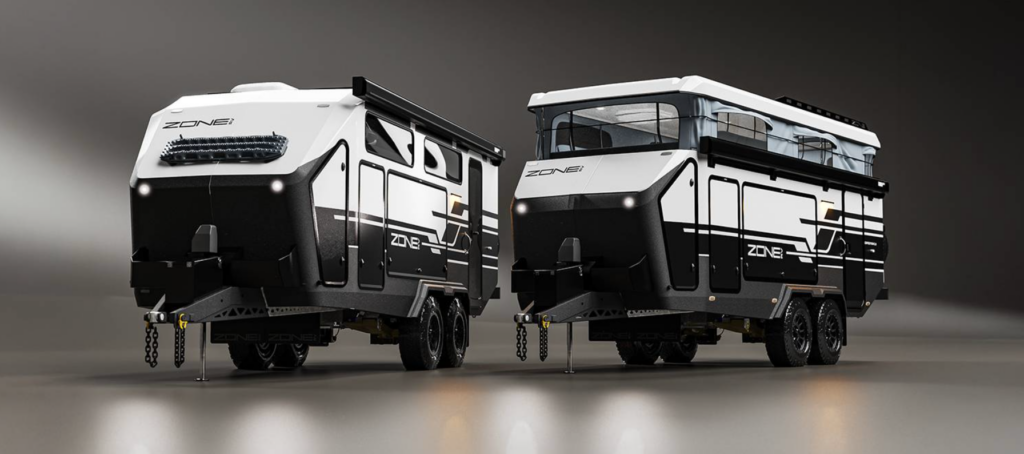An elaborate and unlawful operation hidden deep within one of Queensland’s most ecologically sensitive areas has been exposed, with 18 individuals fined for constructing and regularly using an illegal cabin inside Curtis Island National Park.
Queensland’s Department of Environment confirmed that the unauthorised hut – built in a remote section of the park using illegally felled trees – was used by the group as a private retreat for months before being discovered. In total, rangers issued 22 fines amounting to $7606 for a range of serious breaches.
The ABC has reported the cabin included a barbecue area and verandah, and was regularly accessed by members of the group using unregistered vehicles including buggies and motorbikes, often towing dinghies or trailers into restricted zones.
Curtis Island, located 16 kilometres northeast of Gladstone and within the Great Barrier Reef World Heritage Area, is home to endangered and vulnerable wildlife. The illegal activities posed direct threats to this protected ecosystem. Authorities say the group’s actions endangered native wildlife and undermined conservation efforts. Fires were lit, trees were cleared without permits, and firearms were used for recreational hunting – all of which are forbidden in national parks.
The irony isn’t lost that between 2010 and 2015 the government permitted the construction of three major liquefied natural gas (LNG) plants on Curtis Island, all within proximity to protected areas including Curtis Island National Park and the Great Barrier Reef World Heritage Area.
Rangers first noticed signs of unusual activity in mid-2023 and launched targeted patrols. The hut was found in August, triggering an investigation that revealed the extent of the environmental damage and non-compliance.
Despite the group being identified and fined, the structure remains in place due to prolonged wet conditions that have delayed its removal. A public notice issued in January sought the owner’s cooperation, though none came forward.
Curtis Island is Queensland’s third-largest continental island, made up of beach ridges, salt flats, and sand dunes. It is a popular destination for experienced four-wheel drivers, with rugged beach access tracks, soft sand conditions, and limited facilities requiring full self-sufficiency.
Access is typically via barge from Gladstone, with 4WD vehicles needed to explore the island’s remote bushland and coastal terrain. Vehicle access is restricted in national park zones, and a permit is required to bring a 4WD into designated camping or recreational areas.
The cabin will be dismantled and the area rehabilitated once conditions allow.
We recommend
-
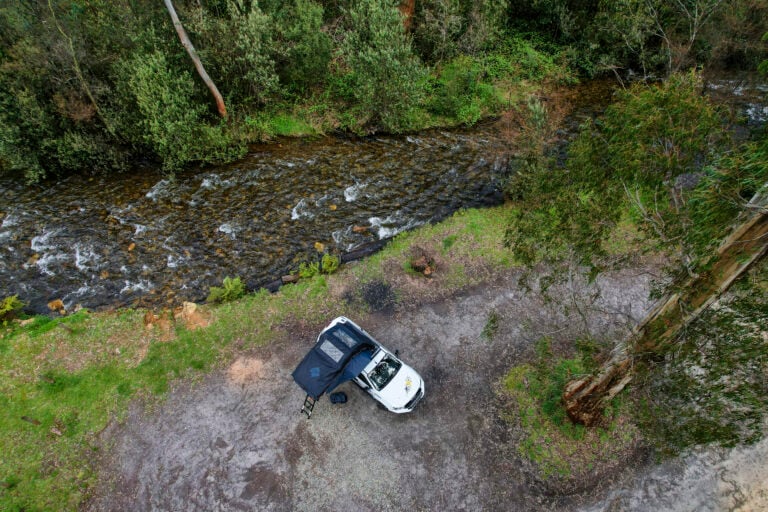 News
NewsLocals lead crackdown on illegal campers in Noosa
Community tip-offs led to a blitz in Noosa, with more than 30 illegal campers slapped with fines
-
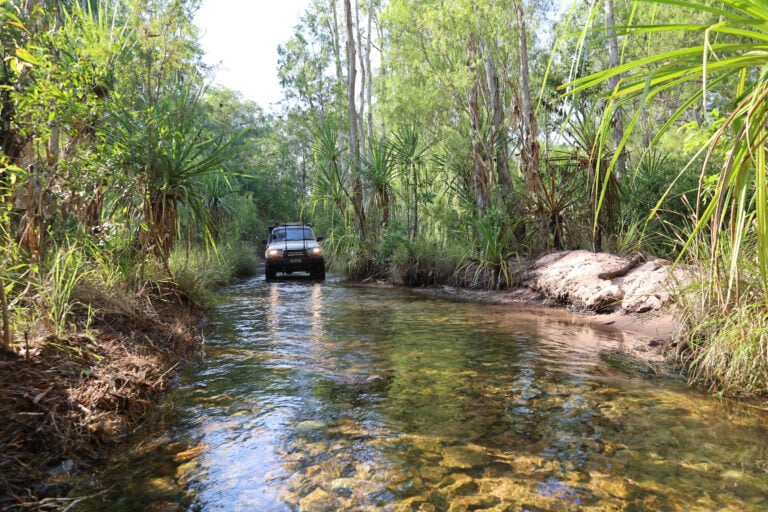 News
NewsLitchfield National Park set to expand by more than 20 per cent
Litchfield National Park is set for its biggest expansion in decades, unlocking new 4WD tracks, waterfalls, and camping areas in the NT's Top End
-
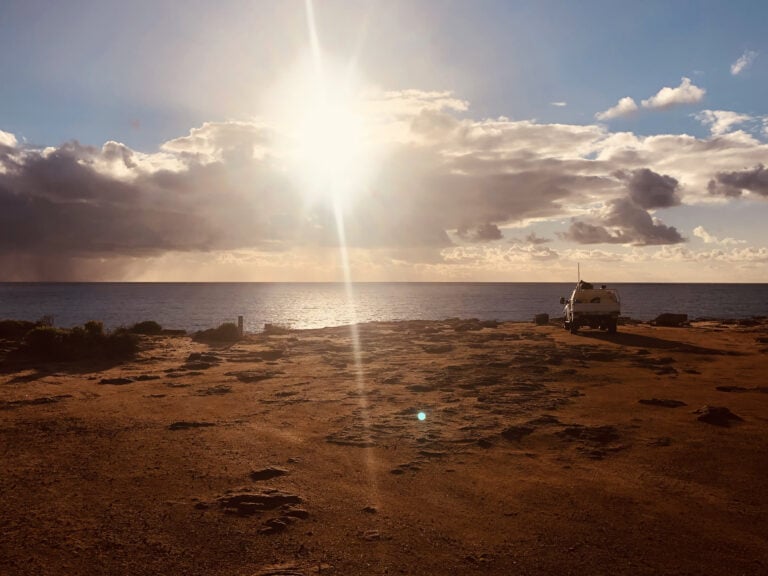 News
NewsCouncils to close unofficial 4WD tracks on WA coastline
Councils along WA’s coast are set to close unofficial 4WD tracks in a bid to protect dunes and manage beach access

